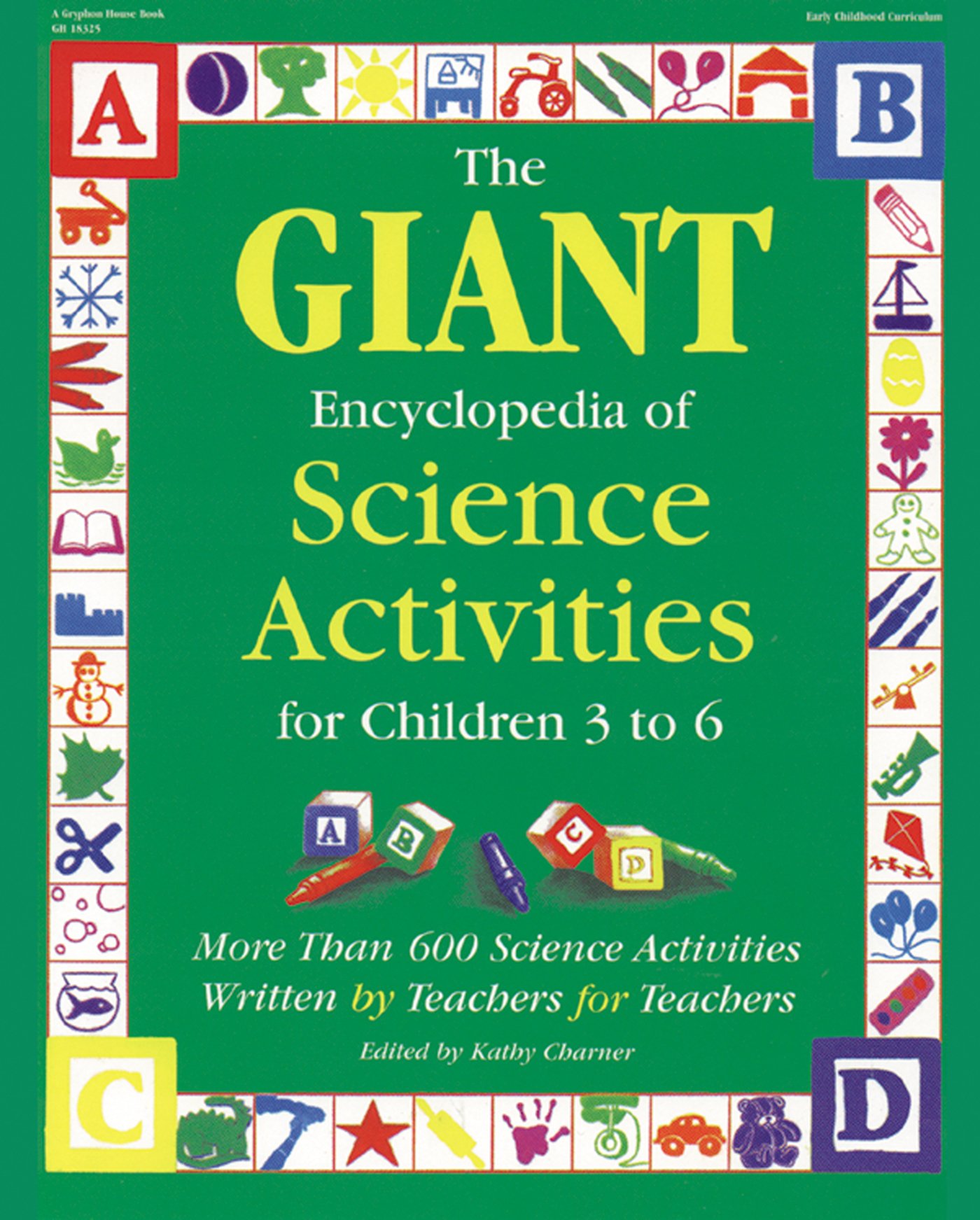Materials
Picture of the food pyramid, found on many cereal boxes
Masking tape
Empty food containers with labels showing contents
Instructions
1. Collect empty food containers. Don't forget frozen foods and berry containers. Try to have something for each of the six food categories. Ask parents ahead of time to send a few containers with each child. If someone forgets, be sure to bring in extras.
2. Form the shape of a giant food pyramid with masking tape on your floor. Mark off the six sections with tape.
3. During circle time discuss the need for a variety of foods in a healthy diet. Show children a food pyramid. Explain the six categories and the daily serving suggestions for each: fats, oils and sweets (use sparingly); milk, yogurt, cheese and dairy (two to three servings); meat, poultry, fish, dry beans, eggs and nuts (two to three servings); vegetables (three to five servings); fruits (three to five servings); breads, cereals, pastas, rice and grains (six to eleven servings). Discuss with children which foods would go into each of the categories.
4. Then ask each child to place a container in the category they think it belongs. Let children help each other.
5. Afterwards, you can put the containers on shelves to have a grocery store. If you have a cart and register, children can shop for healthy foods. If you do not have these items, let children use their imaginations.
6. As a follow-up activity children can sort food into healthy and unhealthy categories.
7. At snack time ask children to which categories the food they are eating belong.
